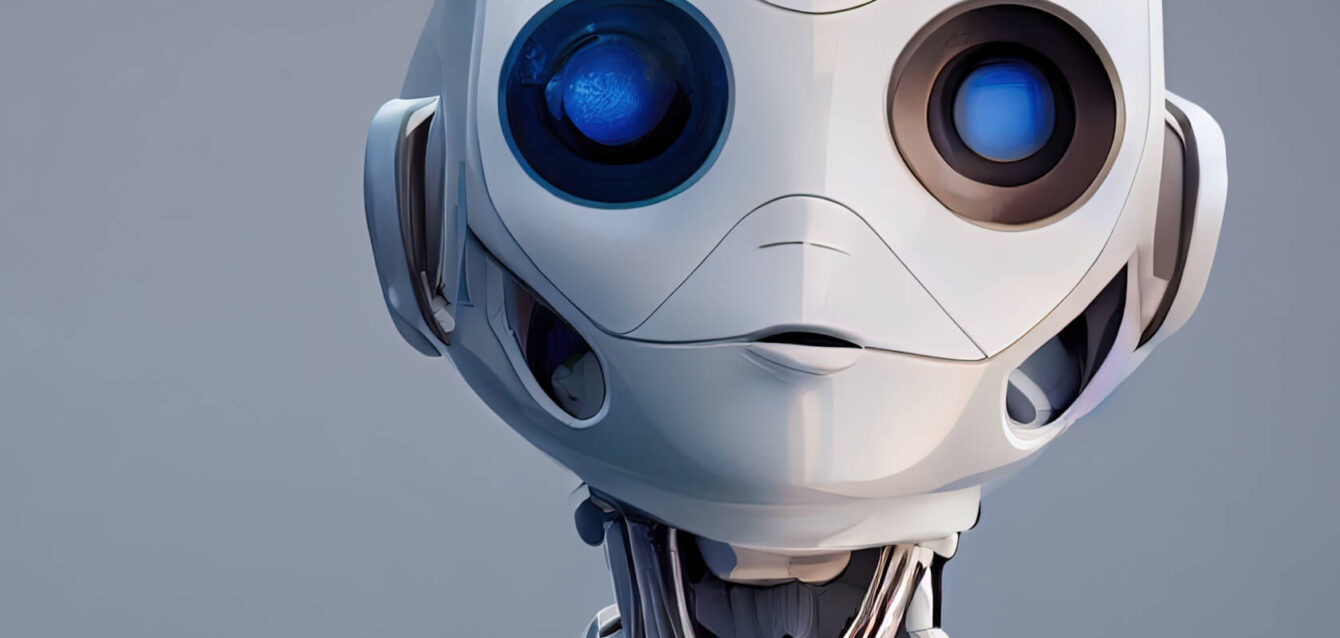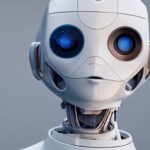In the ever-evolving landscape of technology, Artificial Intelligence (AI) and robotics have emerged as pivotal forces driving automation across industries. As these technologies advance, they are increasingly blurring the lines between human labor and machine-driven tasks, fostering an environment where collaboration between humans and robots is not just a possibility but a necessity for future productivity.
The Role of AI in Modern Robotics
At the heart of this revolution lies AI, which has evolved beyond mere automation to become a critical component in the decision-making processes of robots. Traditional robotics primarily focused on predefined tasks with limited adaptability; however, the integration of AI algorithms now allows machines to learn from their environment and human interactions, making them more versatile and efficient.
For instance, AI-powered vision systems enable robots to perceive their surroundings accurately, distinguishing between various objects and adjusting their actions accordingly. This capability is crucial in manufacturing environments where precision and flexibility are paramount.
Advancements in Human-Robot Collaboration (HRC)
The concept of Human-Robot Collaboration (HRC) has gained significant traction as industries seek safer, more efficient workflows that leverage the strengths of both humans and robots. HRC involves designing robotic systems that can work alongside human operators without compromising safety.
One notable development is the creation of collaborative robots or “cobots.” These robots are designed to operate in close proximity to humans with built-in sensors and smart algorithms that enable them to respond safely if a person enters their workspace. Cobots can be found assisting on factory floors, performing tasks like assembly line work, packaging, and inspection.
Benefits of AI-Driven Robotics
- Enhanced Efficiency: By integrating AI into robotics, businesses can achieve higher productivity as machines can handle repetitive or dangerous tasks with greater precision and speed than humans.
- Improved Safety Standards: Advanced sensors and real-time data processing ensure that robots can operate safely alongside human workers, significantly reducing the risk of accidents in industrial settings.
- Increased Flexibility: AI-driven robotics offers a level of flexibility unmatched by traditional robotic systems. Machines can be reprogrammed quickly to adapt to changes in production demands or product specifications.
- Cost-Effectiveness: Although initial investments may be high, the long-term benefits include reduced labor costs and minimized errors leading to lower operational expenses over time.
Future Prospects
The future of AI and robotics is promising, with ongoing research aimed at further integrating human intelligence into robotic systems through advanced machine learning techniques. The next frontier involves developing robots capable of performing complex cognitive tasks alongside humans in a wide range of settings, from healthcare to space exploration.
As technology continues to evolve, the relationship between humans and machines will undoubtedly become more intricate and collaborative. This shift not only promises significant advancements in productivity but also opens up new opportunities for innovation across various sectors.
Conclusion
The synergy between AI and robotics is revolutionizing how we work and interact with automated systems. By fostering effective human-robot collaboration, industries can unlock unprecedented levels of efficiency and safety while paving the way for a future where humans and machines coexist seamlessly in every aspect of our lives. As we continue to explore these exciting possibilities, it’s clear that the journey towards an integrated AI-robotic workforce is just beginning.



